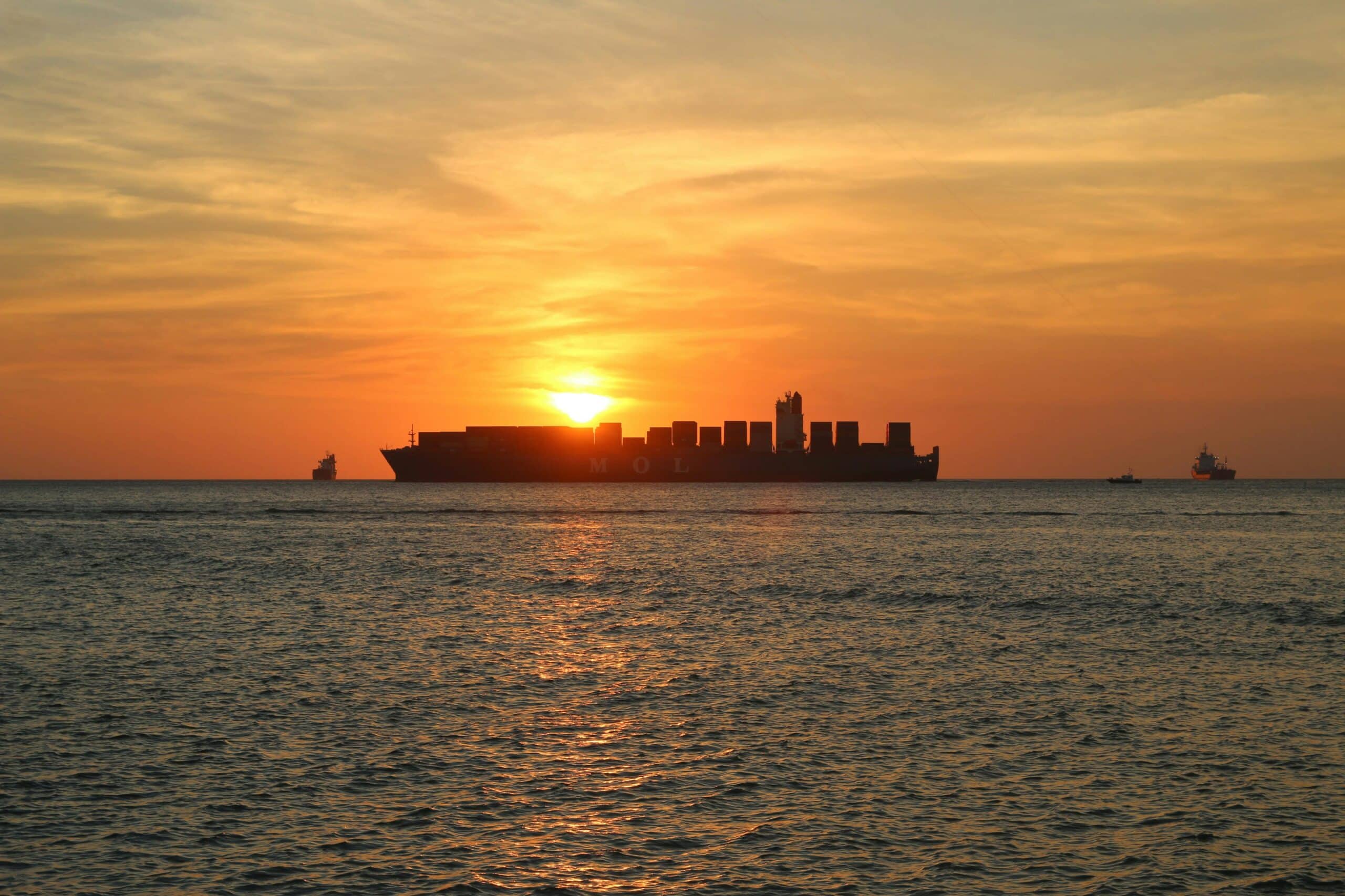Cyprus dry bulk fleet shows mixed results this summer
Dry Bulk Freight Market Faces Diverging Trends

The summer of 2025 has revealed a stark contrast in the dry bulk freight market, with Capesize vessels struggling amidst volatility while Panamax, Supramax, and Handysize ships have reached seasonal highs. Analysts from Xclusiv Shipbrokers indicate that the June to August period is crucial for gauging demand and setting expectations for the final quarter of the year. This summer has underscored three key trends: ongoing instability in Capesize earnings, a more favorable environment for Panamax vessels, and the resilience of smaller ship sizes.
Capesize Challenges Amidst Market Fluctuations
Capesize vessels have faced significant challenges for the third consecutive year, struggling to maintain profitability. After a weak start in 2023, these ships managed to double their earnings by August. However, the trend did not hold, as they began 2024 strongly but lost most of their gains by summer’s end. In 2025, the situation mirrored previous years, with average daily earnings remaining largely unchanged from the previous year, resulting in another season marked by volatility.
In contrast, Panamax vessels have shown a more positive trajectory. Average daily earnings surged from approximately $10,000 in June to nearly $16,800 by August, surpassing the $14,500 average recorded during the same period in 2024. Analysts from Xclusiv Shipbrokers noted that owners of Panamax vessels have found a more stable and encouraging market environment this year, contributing to their improved earnings.
Resilience of Smaller Vessels and Market Dynamics
Supramax and Handysize vessels have emerged as the most resilient segments of the dry bulk market. Supramax rates increased from $12,000 per day in June to $18,400 by August, marking a significant rise from around $16,000 a year earlier and reaching the highest levels in recent years. Handysize vessels also followed an upward trend, achieving seasonal highs. Analysts emphasized that these categories continue to serve as the backbone of stability within the charter market.
Limassol maritime firm facilitating sustainable shipping practices
China’s coal sector has played a pivotal role in shaping these trends. Increased domestic production in the first half of 2025 limited imports, but summer rainfall disruptions and government restrictions revived demand for overseas cargo. This shift has particularly benefited Panamax and smaller vessels, while Capesize ships have lagged behind.
For Cyprus, a significant hub for global dry bulk operators, the mixed market conditions present both challenges and opportunities. Safe Bulkers, based in Limassol and listed on the NYSE, remains heavily exposed to Capesize fluctuations but also operates a fleet of Panamax and Kamsarmax ships that have benefited from stronger coal demand in Asia. Similarly, Castor Maritime, another Cyprus-based operator, has experienced steadier returns from its Panamax and Supramax vessels.
Cyprus’s open registry has expanded by 18% in gross tonnage since early 2024, with numerous new bulk carriers entering under its tonnage tax system. Analysts concluded that the summer of 2025 reaffirmed the notion that while Capesize vessels face volatility, shifts in coal demand from China continue to bolster smaller ship sizes, which remain essential for stability in the dry bulk freight market.
